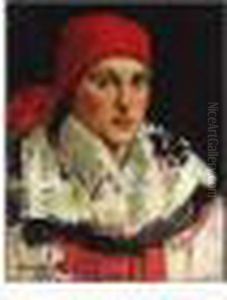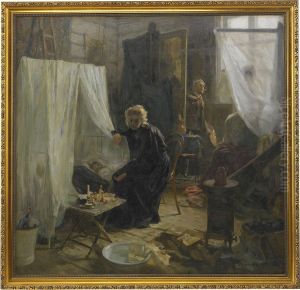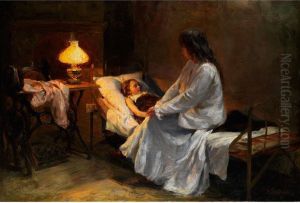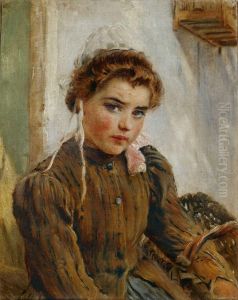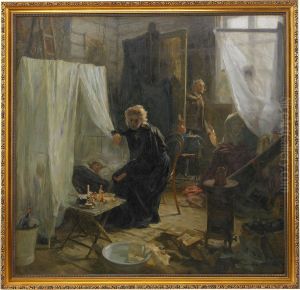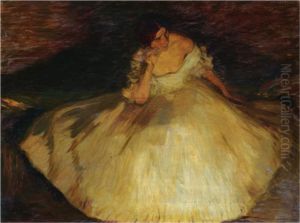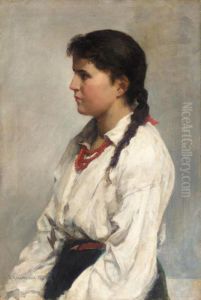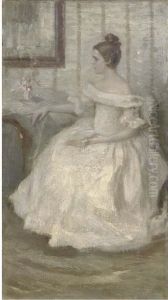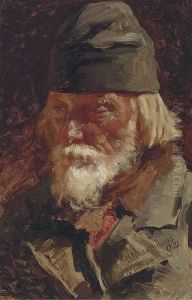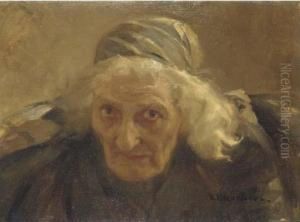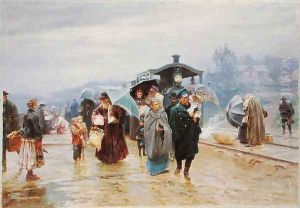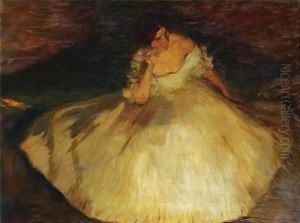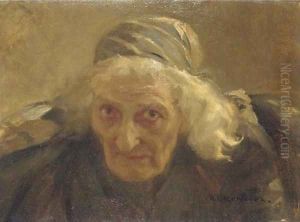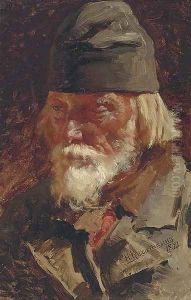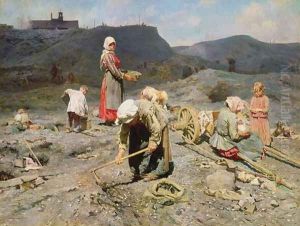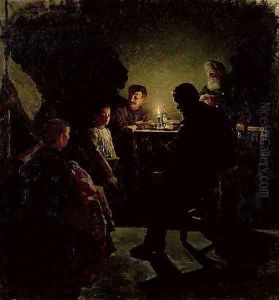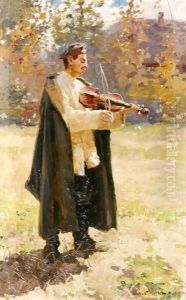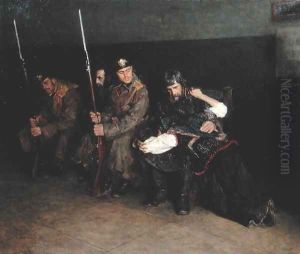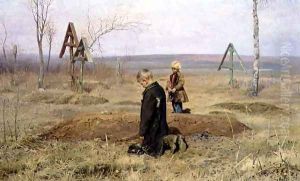Nikolaj Alekseevich Kasatkin Paintings
Nikolai Alekseevich Kasatkin was a significant Russian painter and one of the founders of the social realism genre in Russian art. Born on December 13, 1859, in Moscow, Kasatkin was exposed to art at an early age. His father, Aleksey Vasilyevich Kasatkin, was a painter and a professor at the Moscow School of Painting, Sculpture and Architecture, where Nikolai later studied.
During his studies, Kasatkin was influenced by the Peredvizhniki (The Wanderers) – a group of Russian realist artists who formed an artists' cooperative in protest of academic restrictions. His early work reflected social themes, often depicting the lives of the working class and peasants. He sought to raise awareness about their struggles through his art.
Kasatkin's commitment to social realism became more pronounced following his travels to the Donbass region in the 1880s, where he observed the harsh conditions of the coal miners. This experience led to one of his most famous works, 'The Miner' (1894), which portrays a young boy toiling in a mine. The painting earned him recognition and became an iconic image of the working class in Russian art.
Throughout his career, Kasatkin continued to focus on social issues, and his work was characterized by a deep compassion for his subjects. He was not only a painter but also a teacher, sharing his passion for social realism with many students at the Moscow School of Painting, Sculpture and Architecture.
During the Soviet era, Kasatkin's work was appreciated for its alignment with socialist values, and he became one of the respected elder statesmen of Soviet art. He was awarded the title of Honored Artist of the RSFSR and received various state awards for his contribution to Russian art.
Nikolai Alekseevich Kasatkin passed away on November 29, 1930, in Moscow. His legacy lives on in his poignant paintings that capture the spirit and struggles of the Russian people during a time of great social change.
